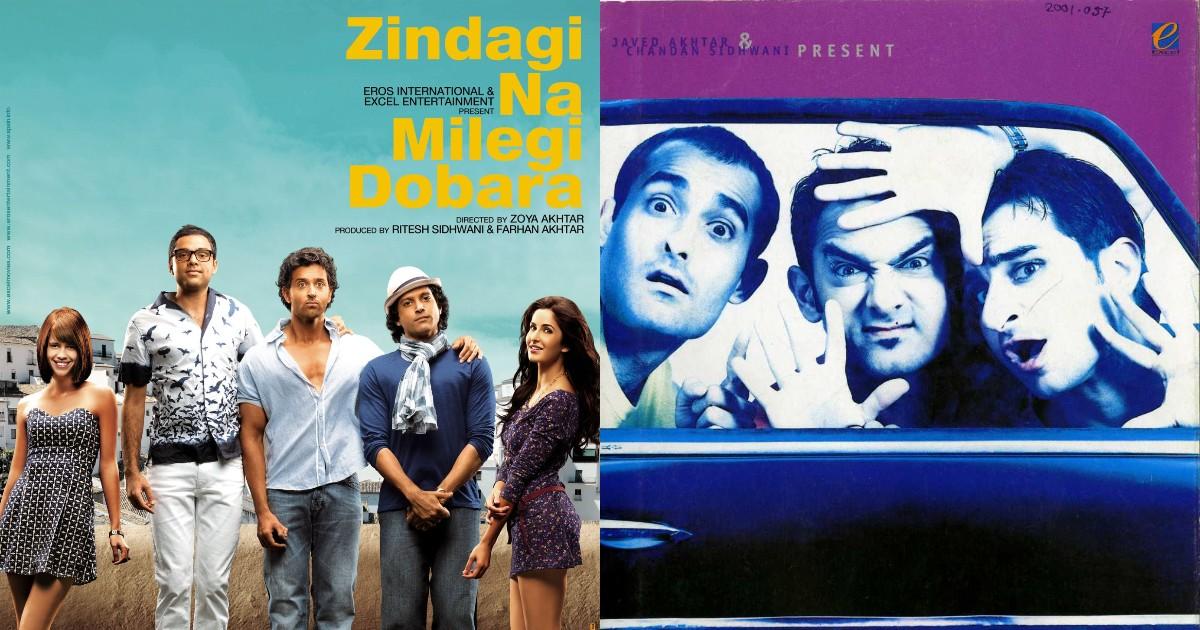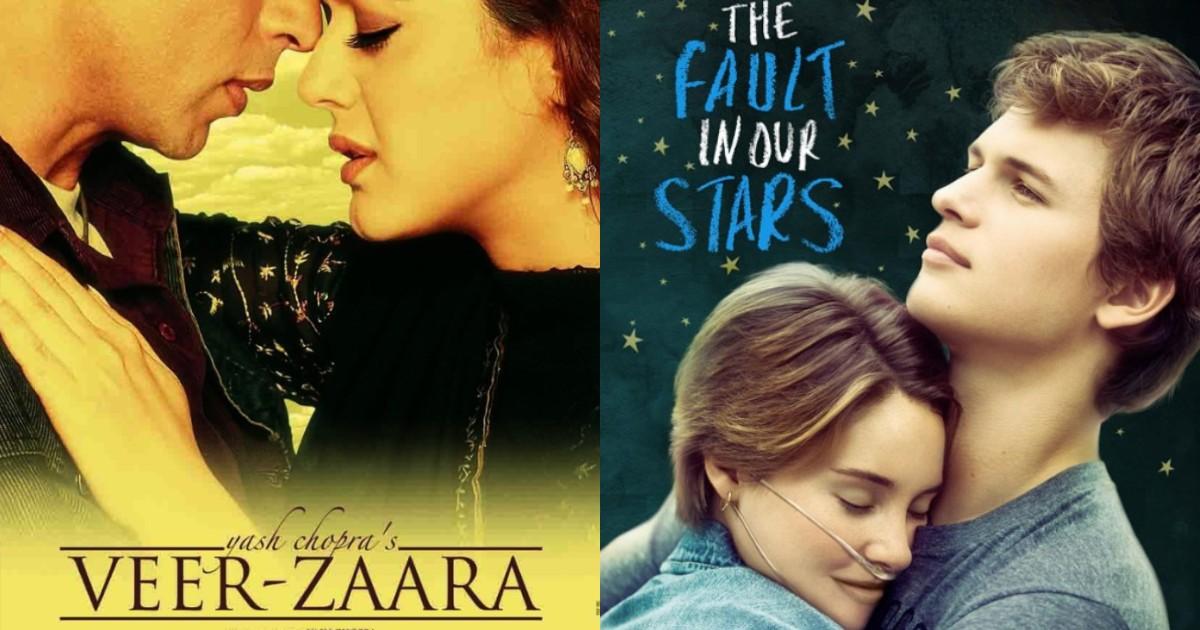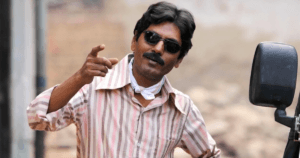Konkona Sen Sharma is the kind of actor whose on-screen magnetism never fails to charm the audience, and whose interviews and dialogues leave us thoroughly impressed, every single time.
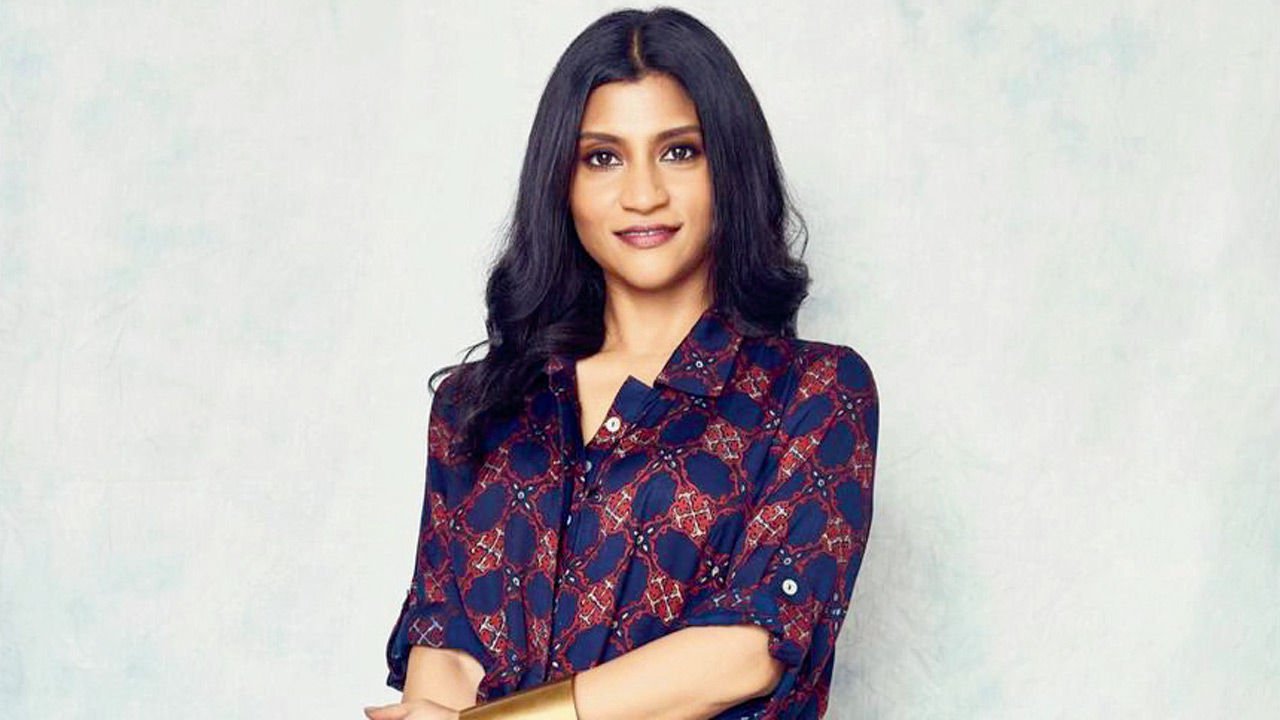
An actor par excellence, Sharma has been a part of the Indian film industry for over two decades, won two National film awards, and only become better with each role.
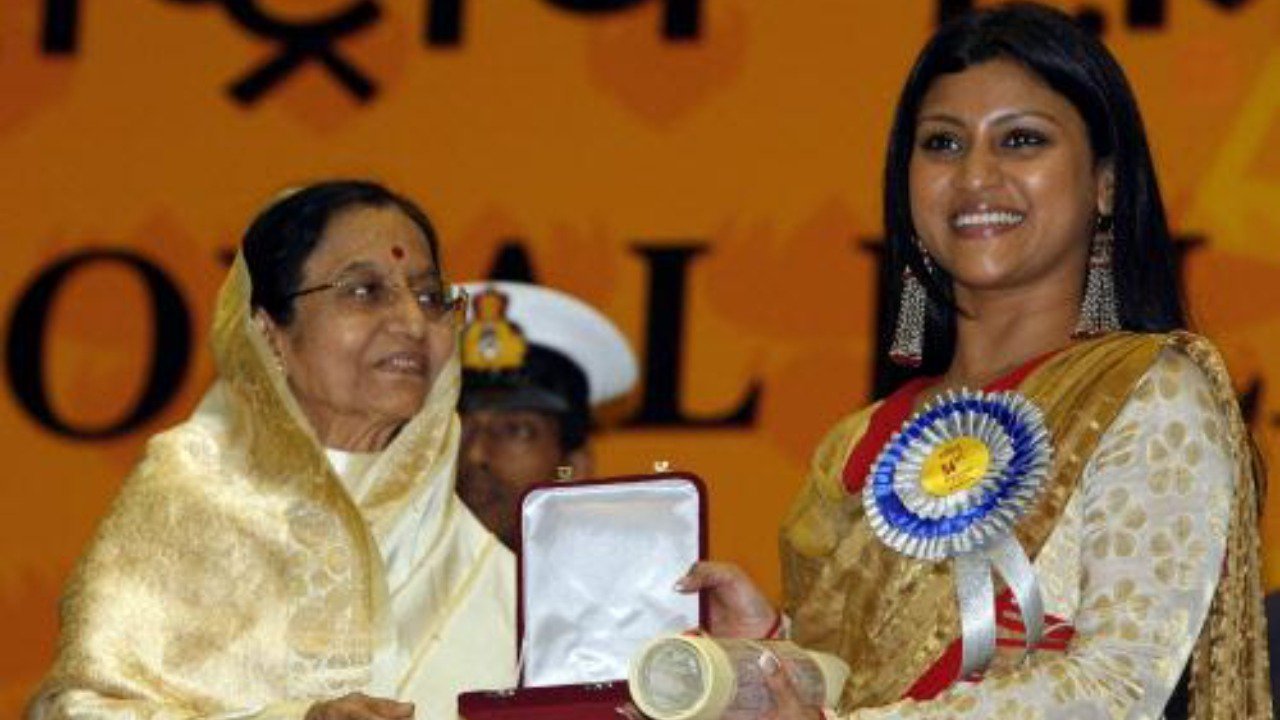
It is hard to pick a handful of her finest performances because she was brilliant in every role she played – be it in a commercial film, a short film, or an indie project!
Here’s proof that no one gets the assignment as Konkona does:
Though technically, she debuted as a child actor in 1983 with Indira, she debuted as a leading lady with the 2001 Bengali drama, Ek Je Aachhe Kanya, a copy of the Hollywood film Crush.
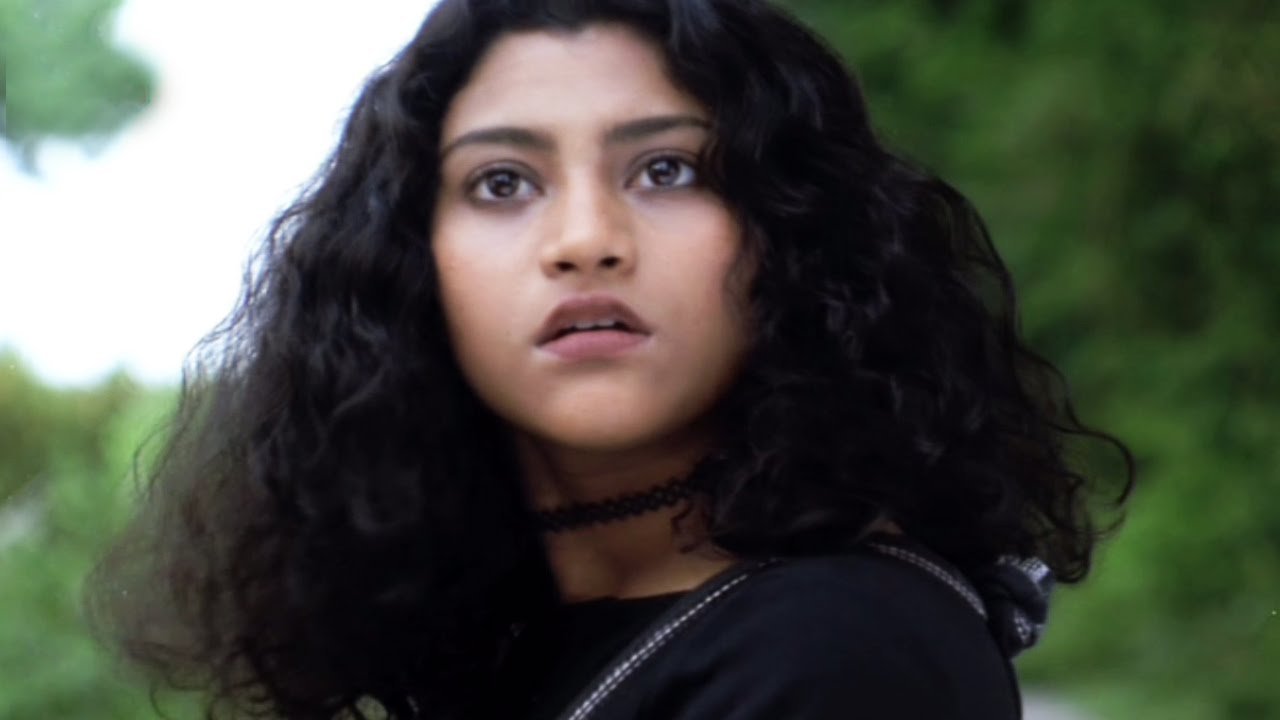
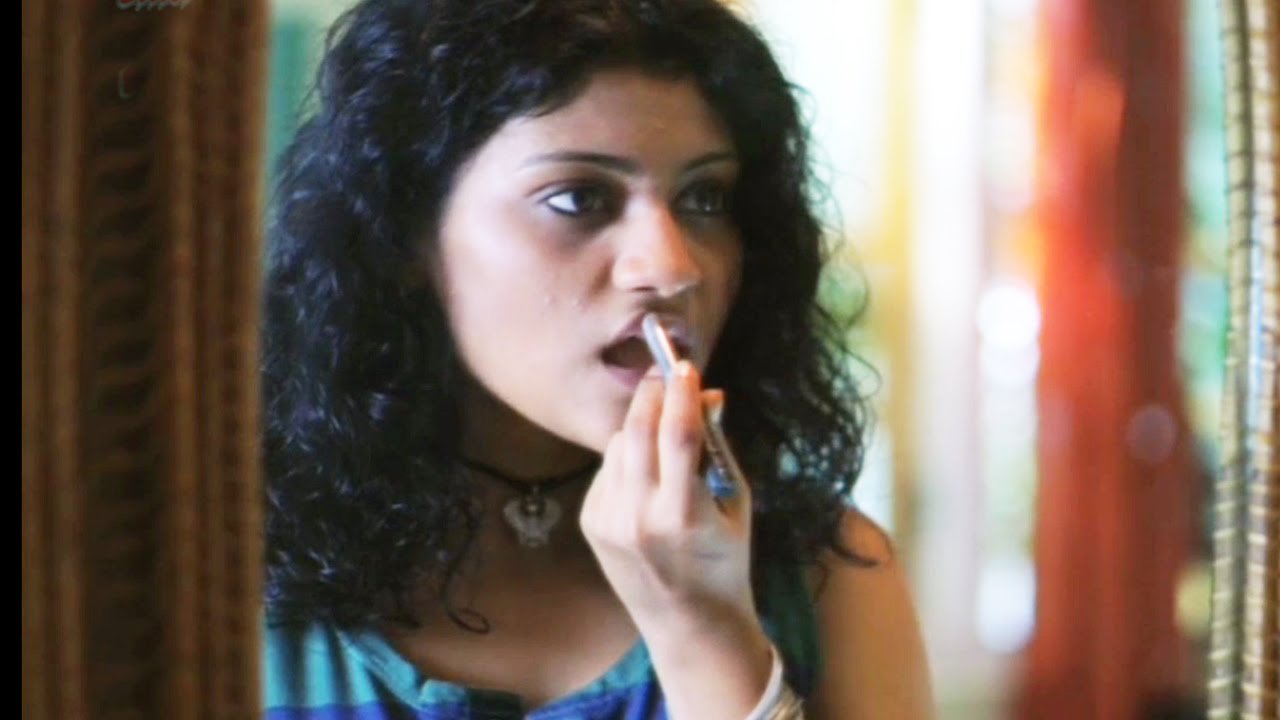
Fast at the heels of her debut, she starred in Rituparna Ghosh’s Titli, where she shared screen space with her mother, actor and director Aparna Sen.
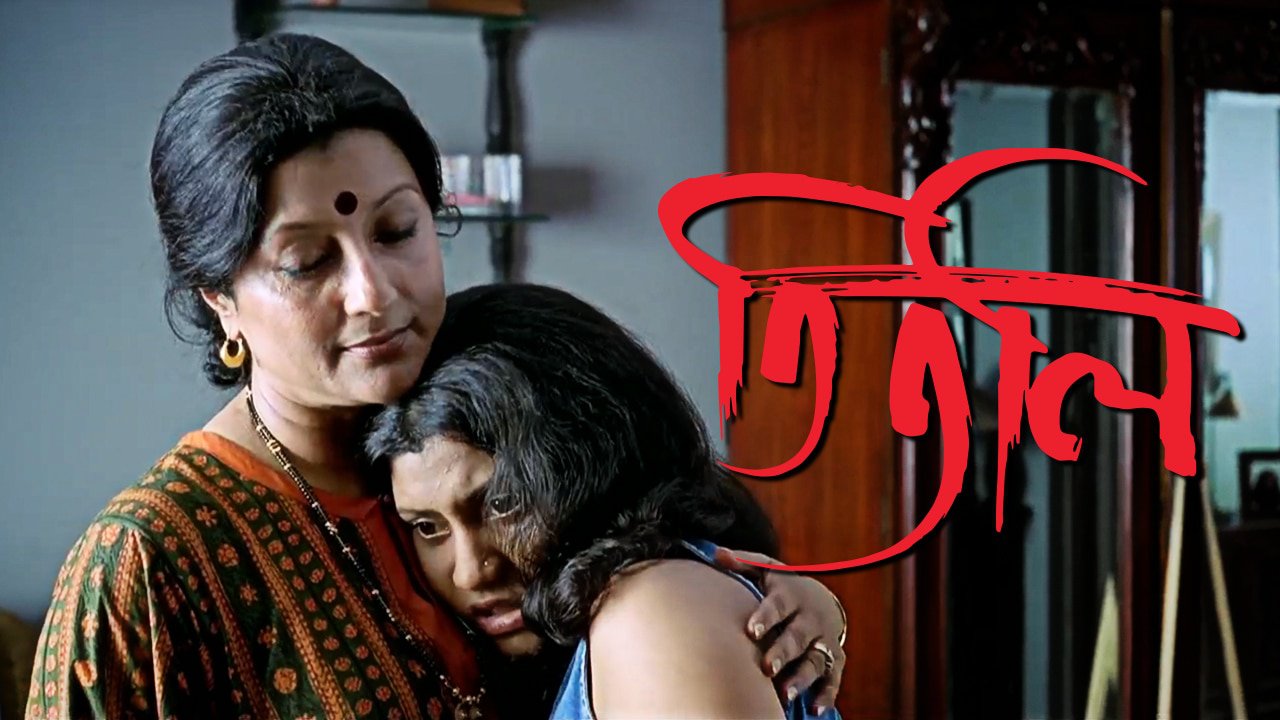
And then came Mr. and Mrs. Iyer with Rahul Bose, which was directed by her mother, Aparna Sen. It was the first of many films where the mother-daughter duo collaborated as director and actor, respectively.
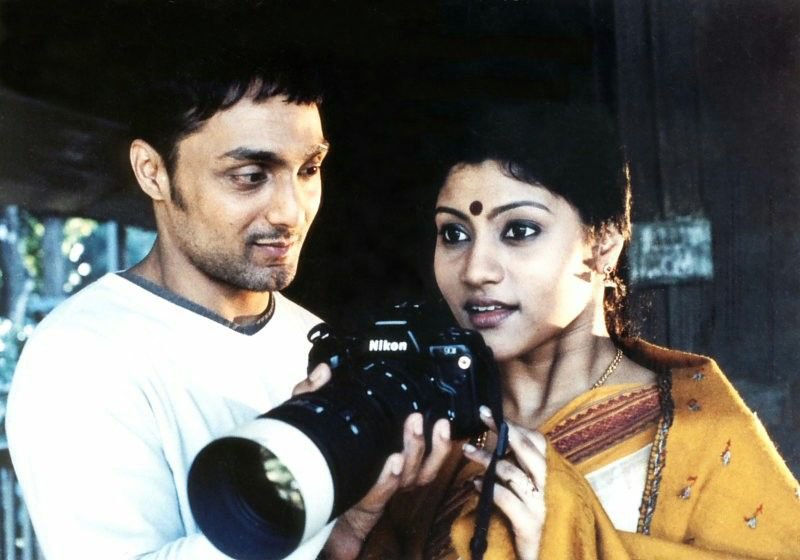
Mr. and Mrs. Iyer, was only the third film in Konkona’s career, and yet, it won her the National Film Award for Best Actress – an award she rightfully deserved.
Even today, 19 years after I first saw the film, I can’t shake off the feelings she evoked with her nuanced, heartfelt performance, of two strangers stuck together out of circumstances, and humanity, in a bond that has no name but is far more powerful in nature.
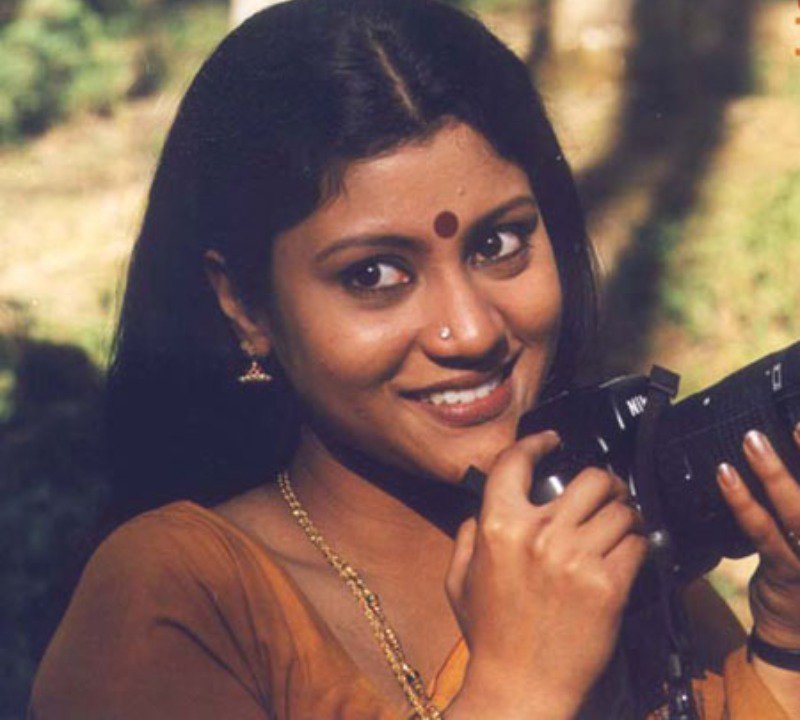
After Mr. and Mrs. Iyer, Konkona starred in a series of films, namely Amu, Page 3, and 15 Park Avenue, that pushed the norms of conventional stories and firmly established her as a star of ‘parallel cinema’.
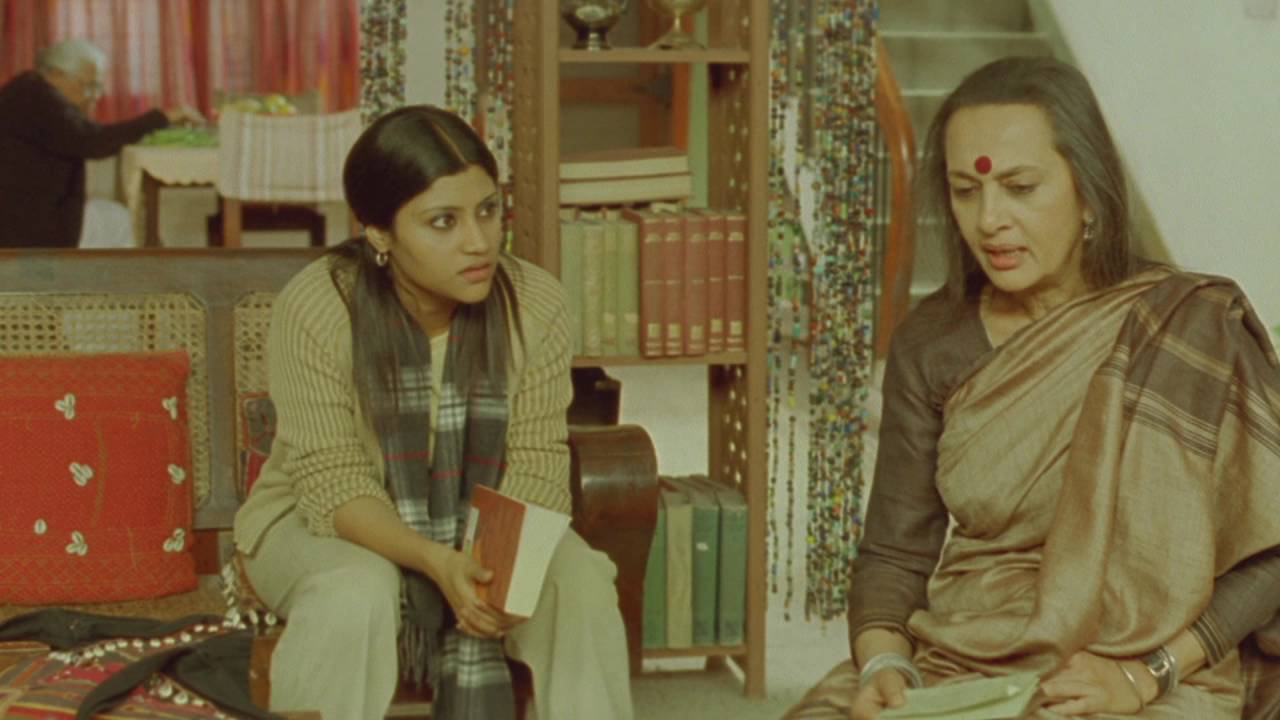
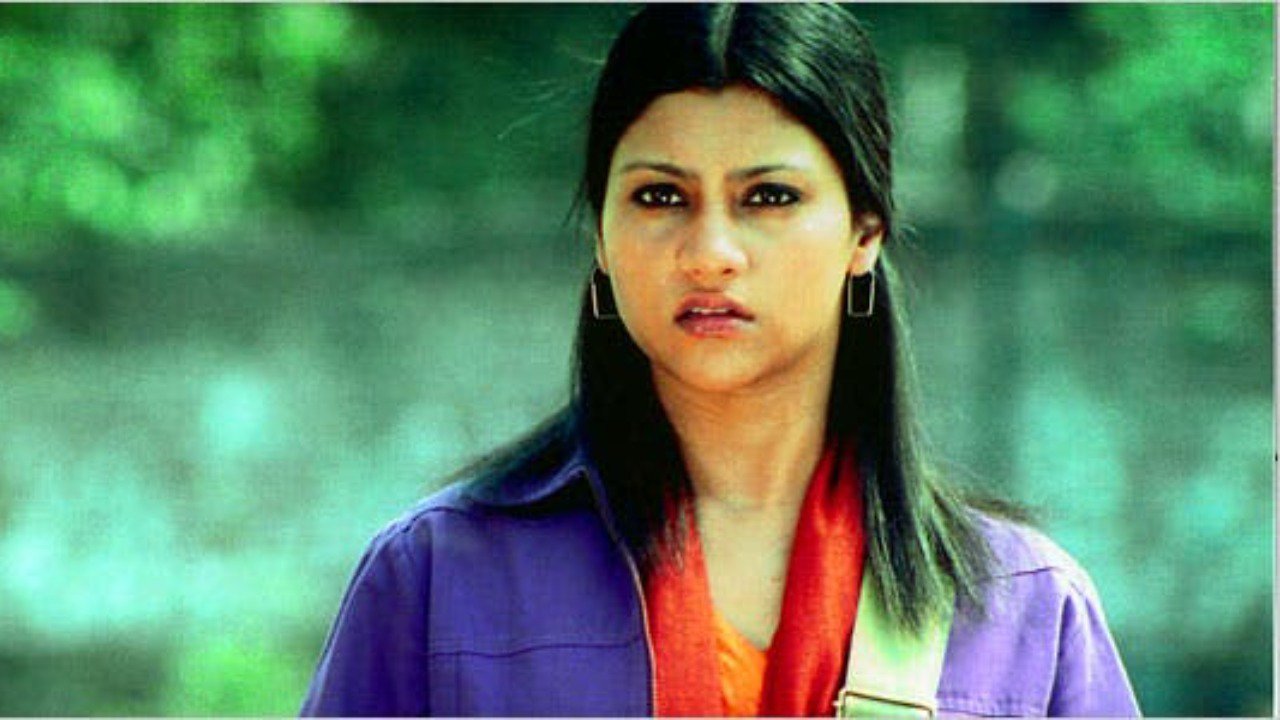
15 Park Avenue, where she reunited with Rahul Bose, is a searing tale of love, trauma, abuse, and heartbreak, and Sharma’s visceral performance as a schizophrenic, left me shaken to the core.
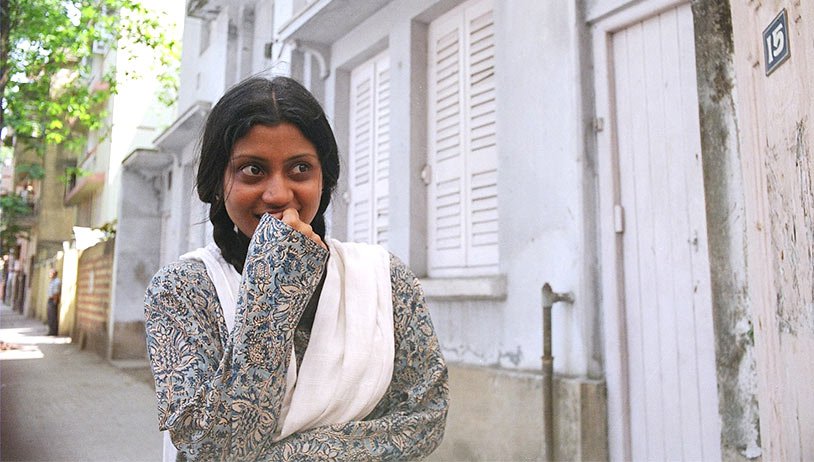
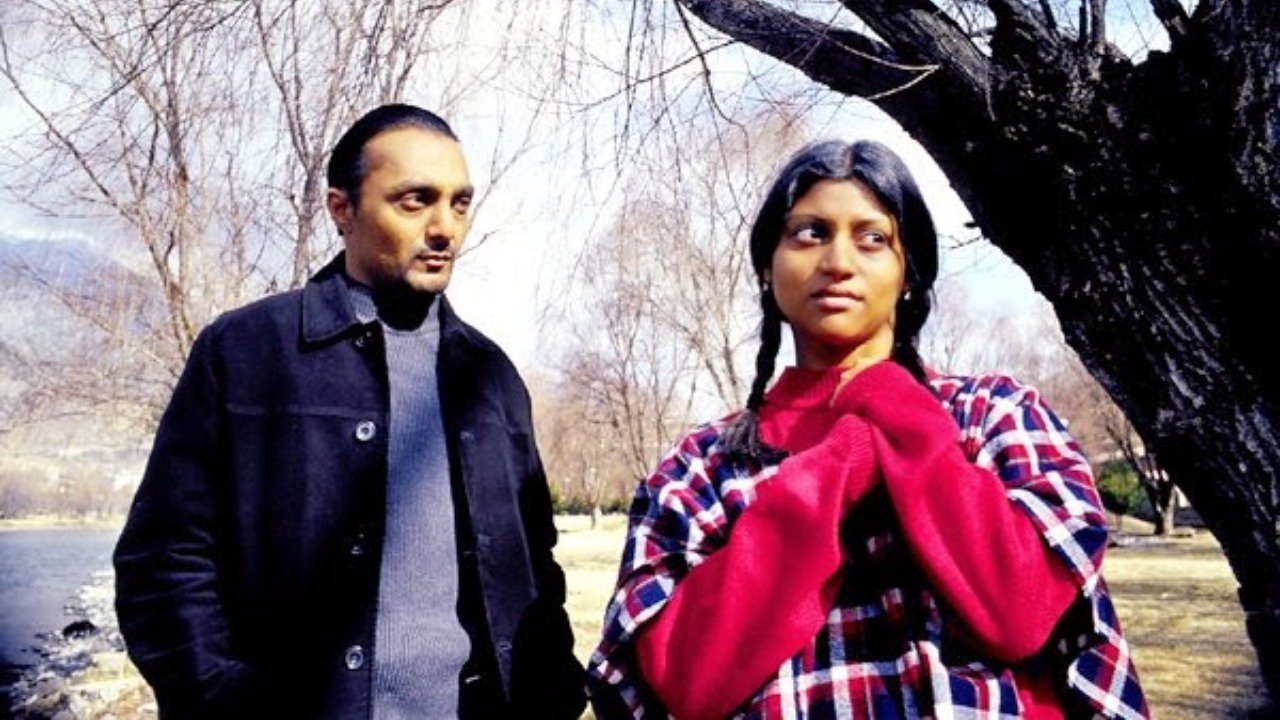
Even while sharing screen space with veterans like Waheeda Rahman and Shabana Azmi, at no point did she appear out of her element.
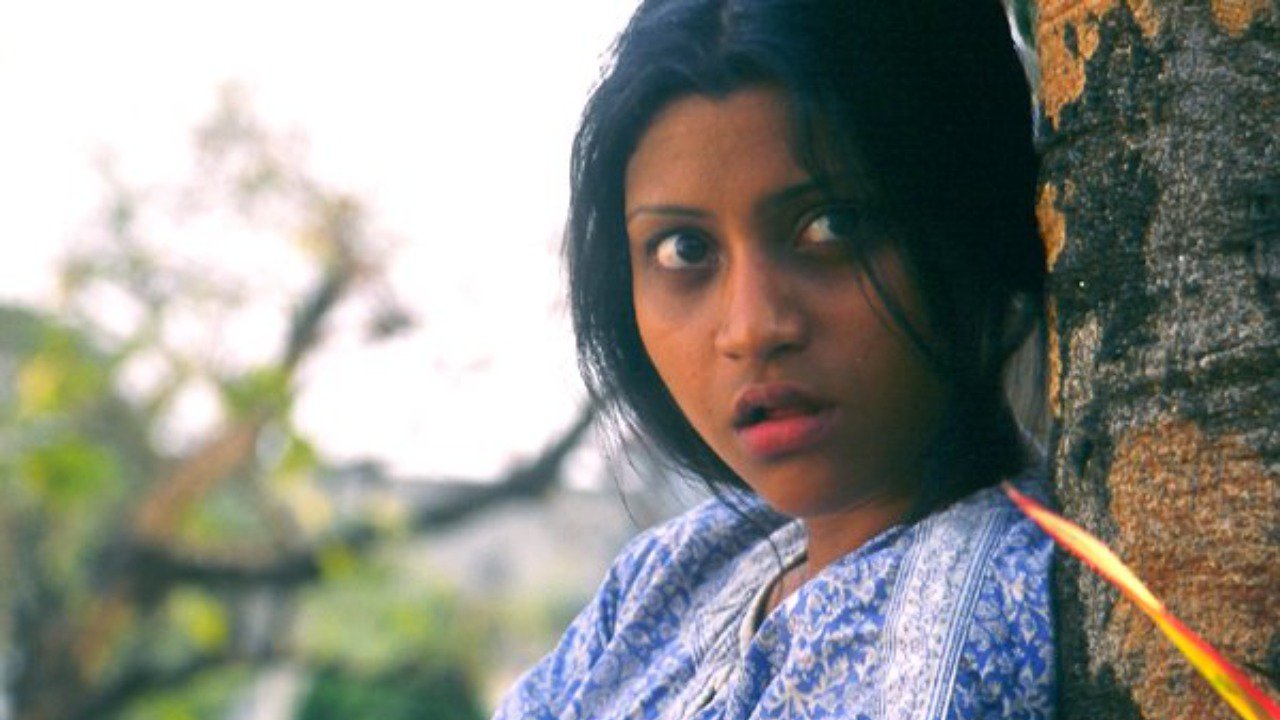
With each film, Konkona reinvented herself on-screen, refusing to fall into tropes and proving, time after time, that she was a ‘natural performer’, who could give seasoned actors a run for their money.
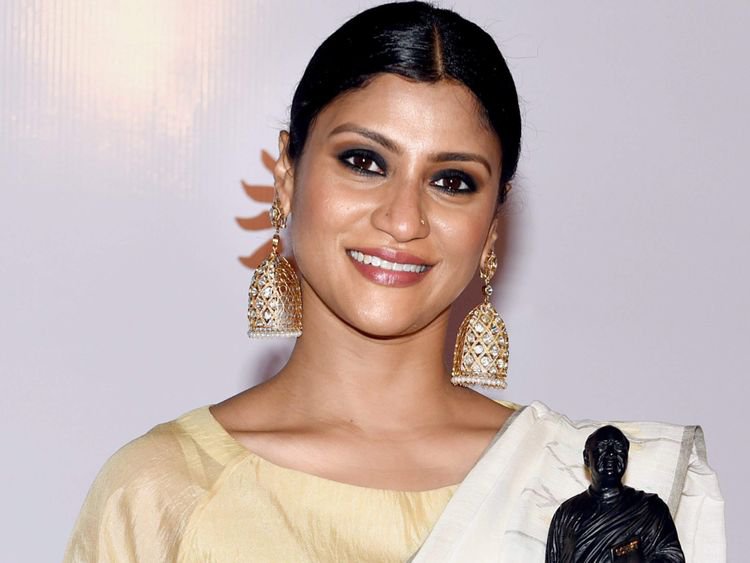
Quickly, Sharma climbed the charts as a bankable star and expanded her filmography with noteworthy performances in movies like Dosar (Bengali), Mixed Doubles (Hindi), and Yun Hota Toh Kya Hota (Hindi).
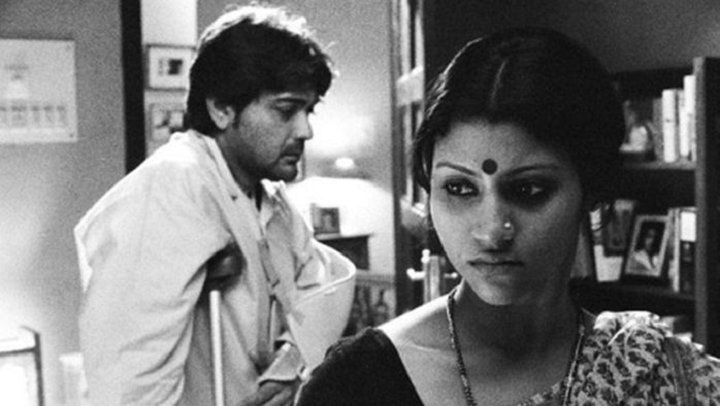
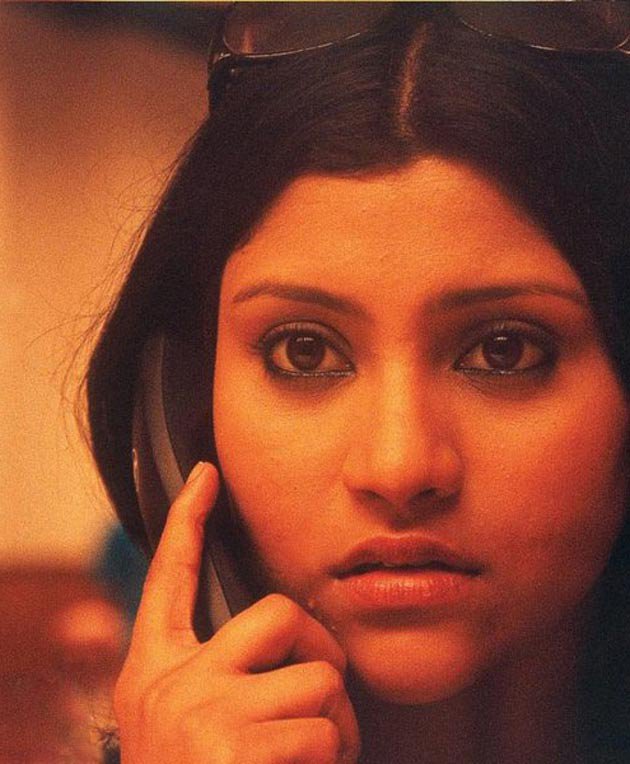
Though it was Omkara that once again, won her the National Award, for Best Supporting Actress. The film, which went on to win 3 National Film Awards, also established Sharma’s popularity as a commercial star.
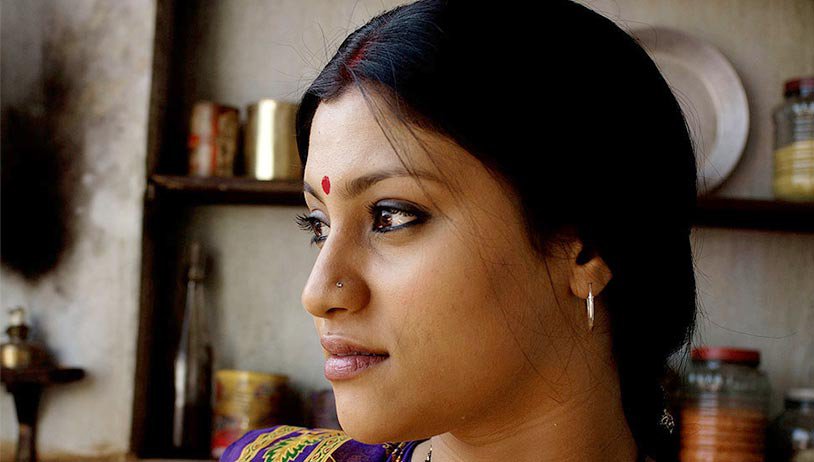
Fast at the heels of her success with Omkara came Life in a… Metro, Laaga Chunari Mein Daag, and Aaja Nachle. Despite being mainstream films, they were novel stories that deserved to be on the silver screen.
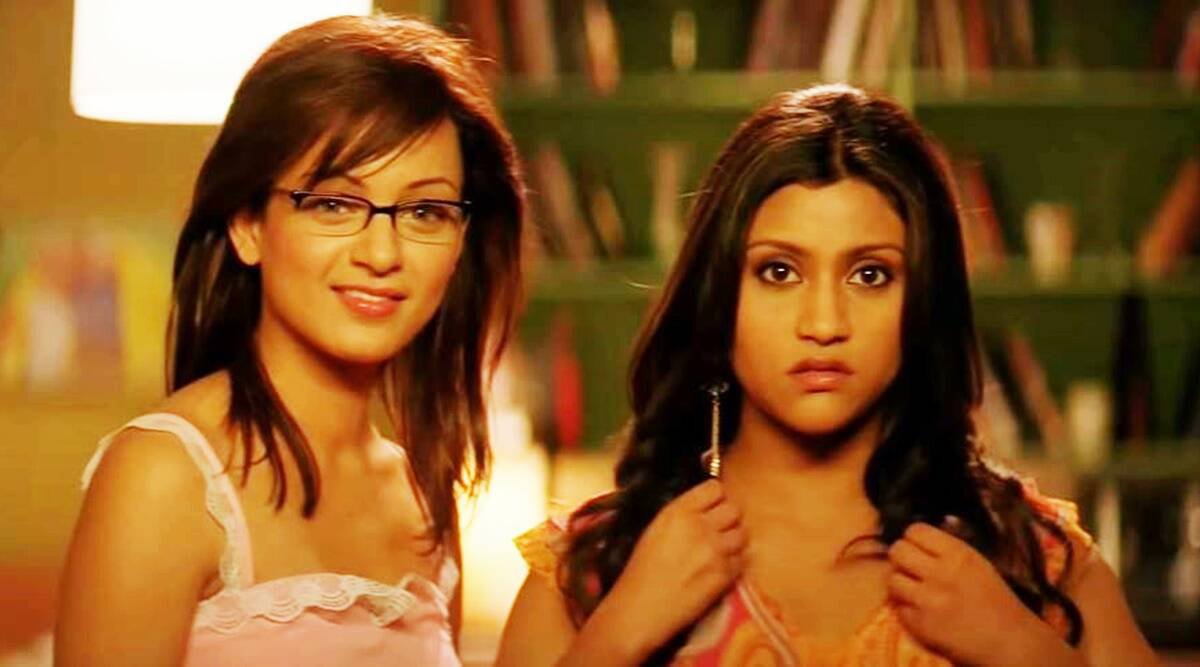
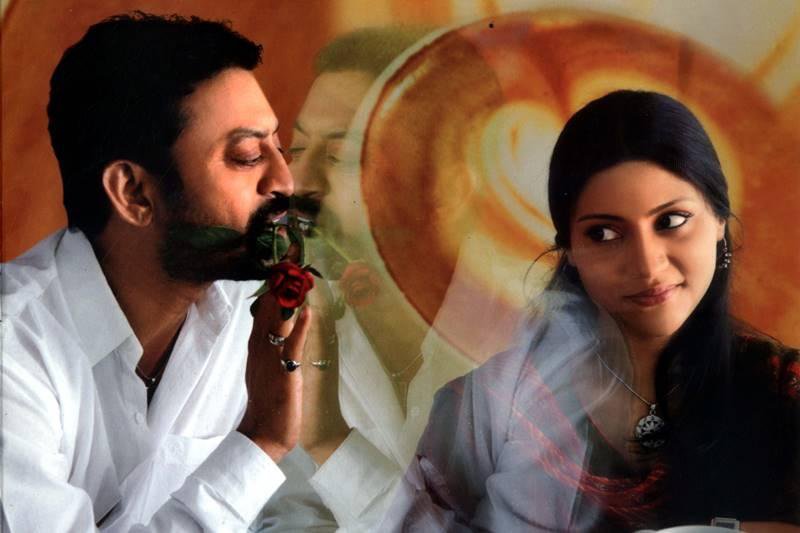
And in each film, Sharma shined in her roles, never repeating an act, never failing to impress. She’s played a woman with no fucks to give with just as much ease as she’s played a woman shyly exploring love and passion.
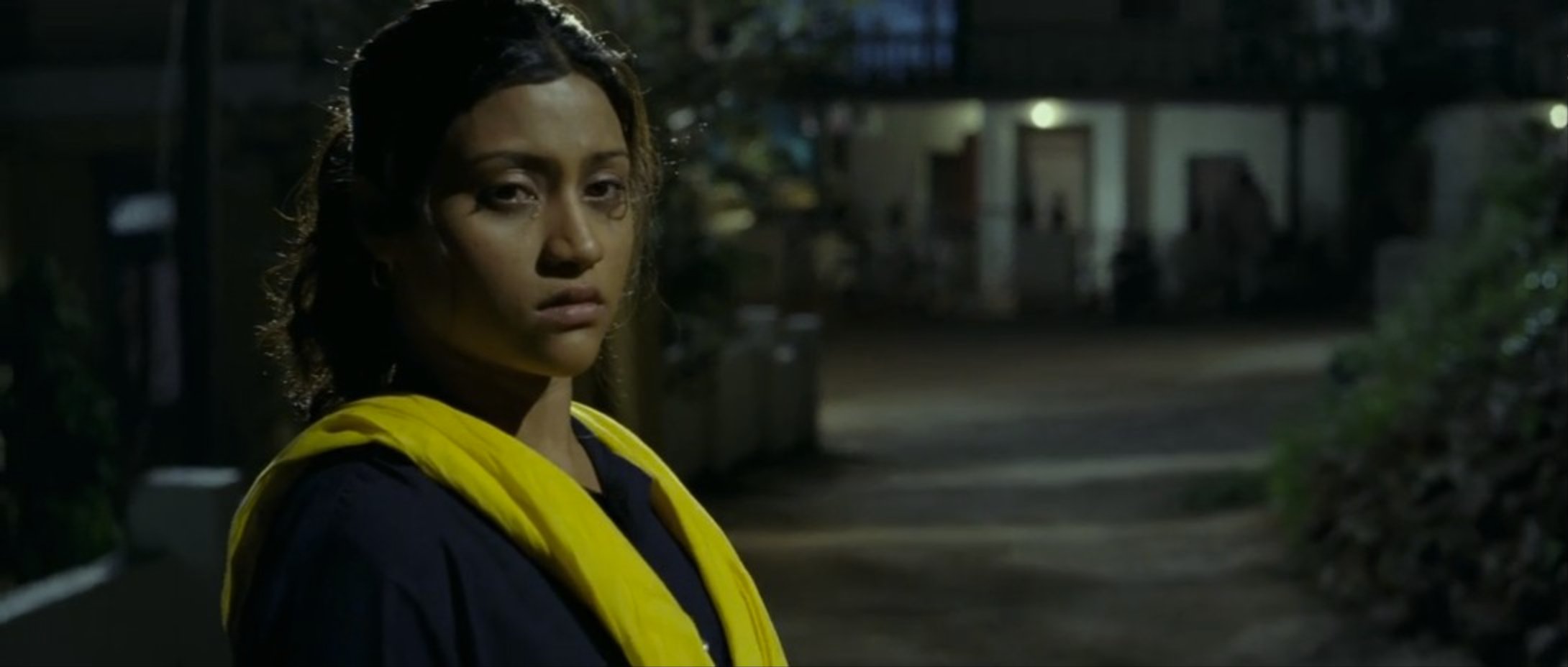
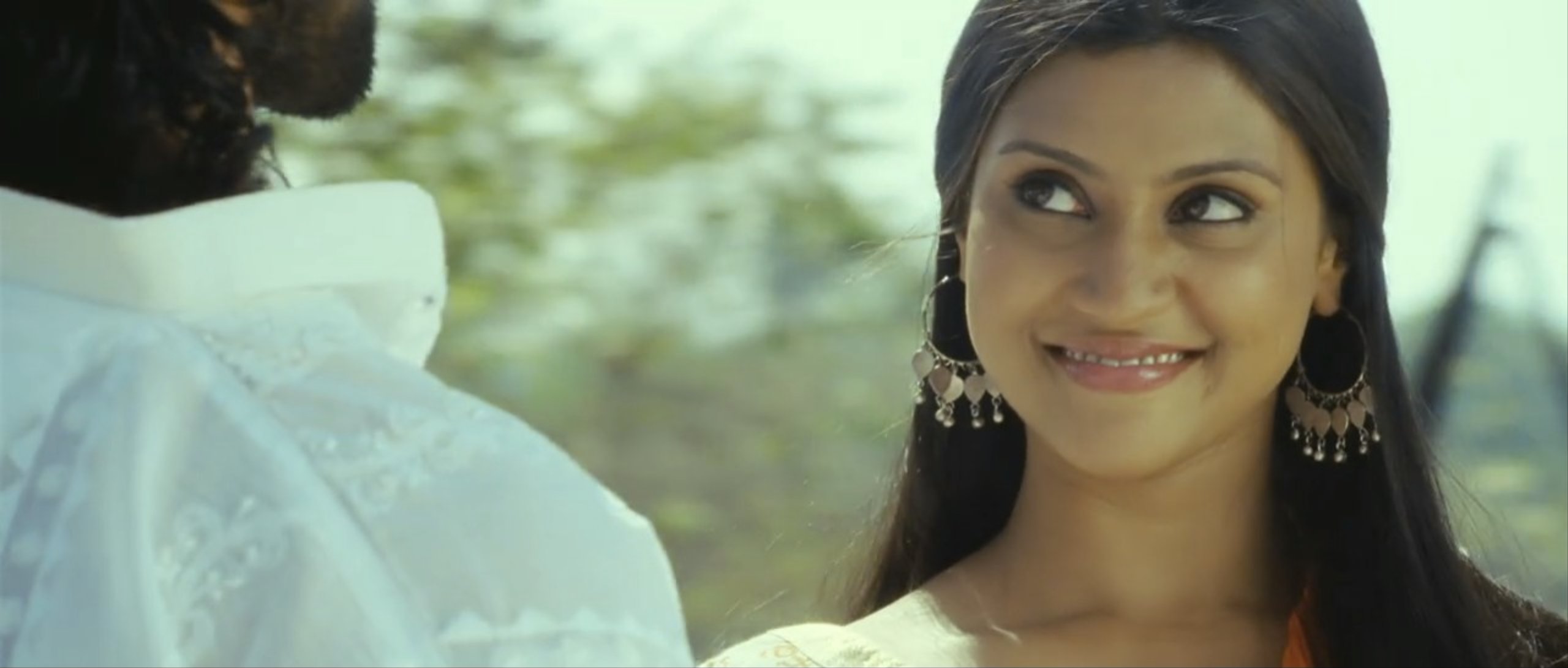
Though a film that personally, changed my perception about her completely, was Wake Up Sid. Here was an actor with a penchant for offbeat stories starring in a romance that was as refreshing, yet relatable.
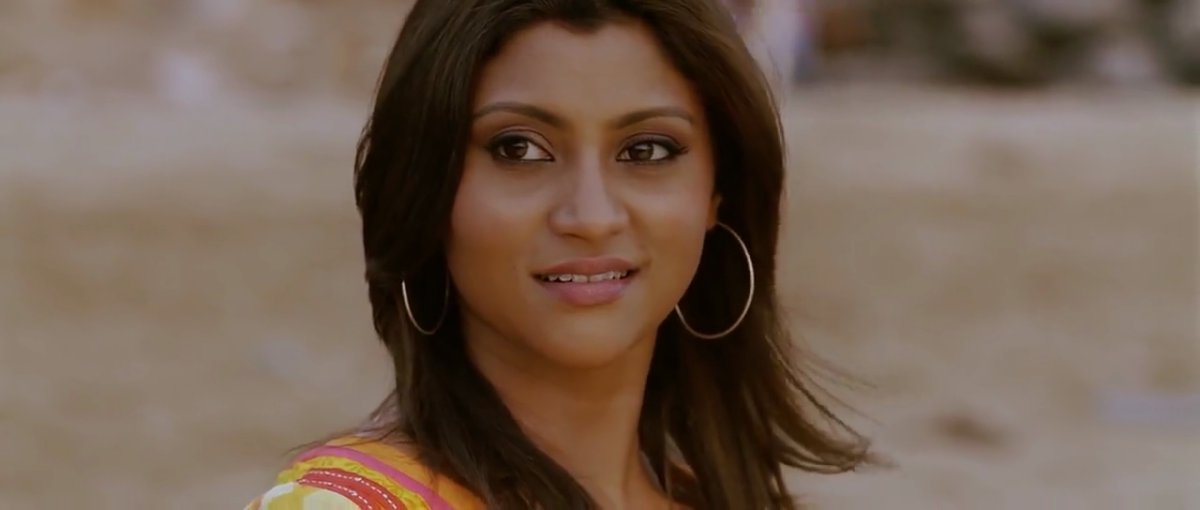
Even today, when so many new actors have joined the industry, I have a hard time picturing anyone but her as Aisha.
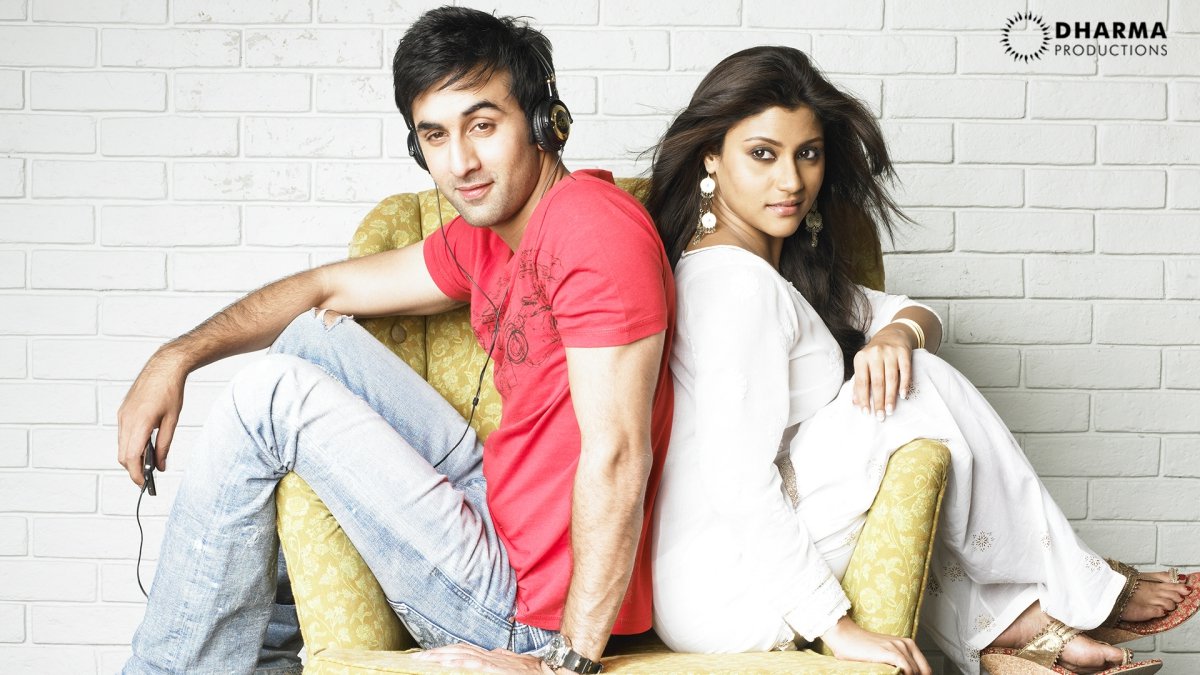
In the same year, Sharma also starred as Sona Mishra in Luck By Chance. In both Lucky By Chance and Wake Up Sid, Sharma played a small-town girl chasing her dreams in the big city.
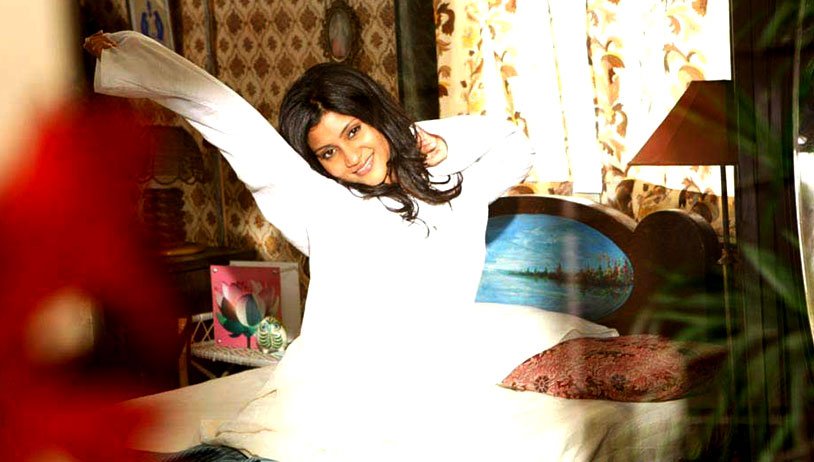
And yet, the two characters seem hardly alike – despite coming out in the same year. That’s Sharma’s talent, and the directors’ vision, at play.
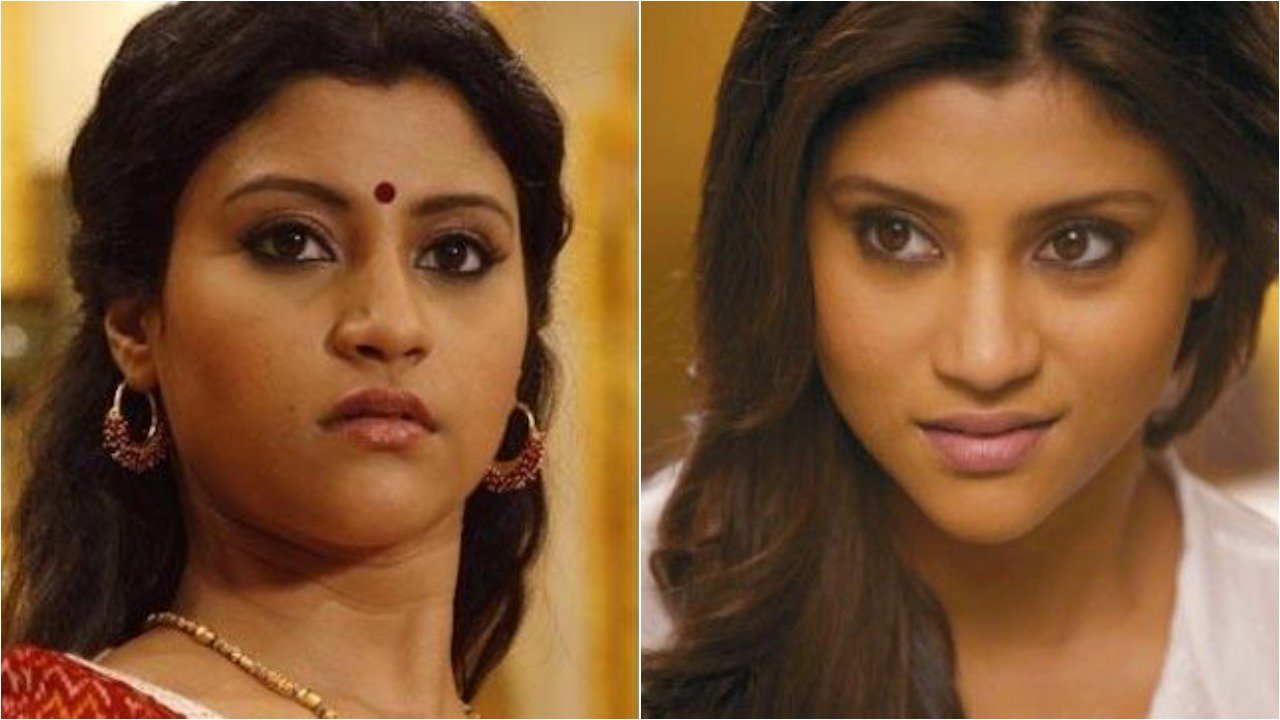
However, the role that left me pleasantly surprised was Munmum in Atithi Tum Kab Jaoge, which showcased Sharma’s hitherto untapped comic timing. And, naturally, she was brilliant in it as well!
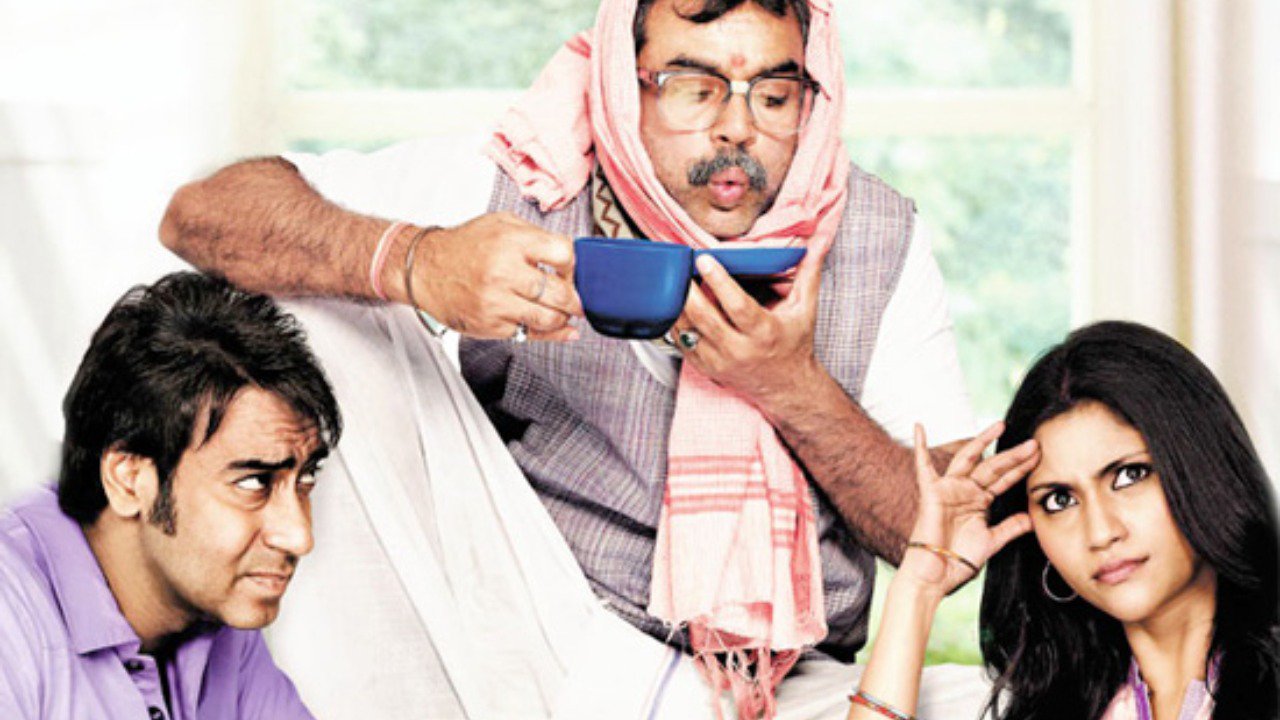
In the ensuing years, Sharma did a fair share of Bengali and Hindi movies like Shunyo Awnko, Ek Thi Daayan, Shajarur Kanta, Talvar, Akira, and Lipstick Under My Burkha. And each film was another feather in a highly illustrious cap.
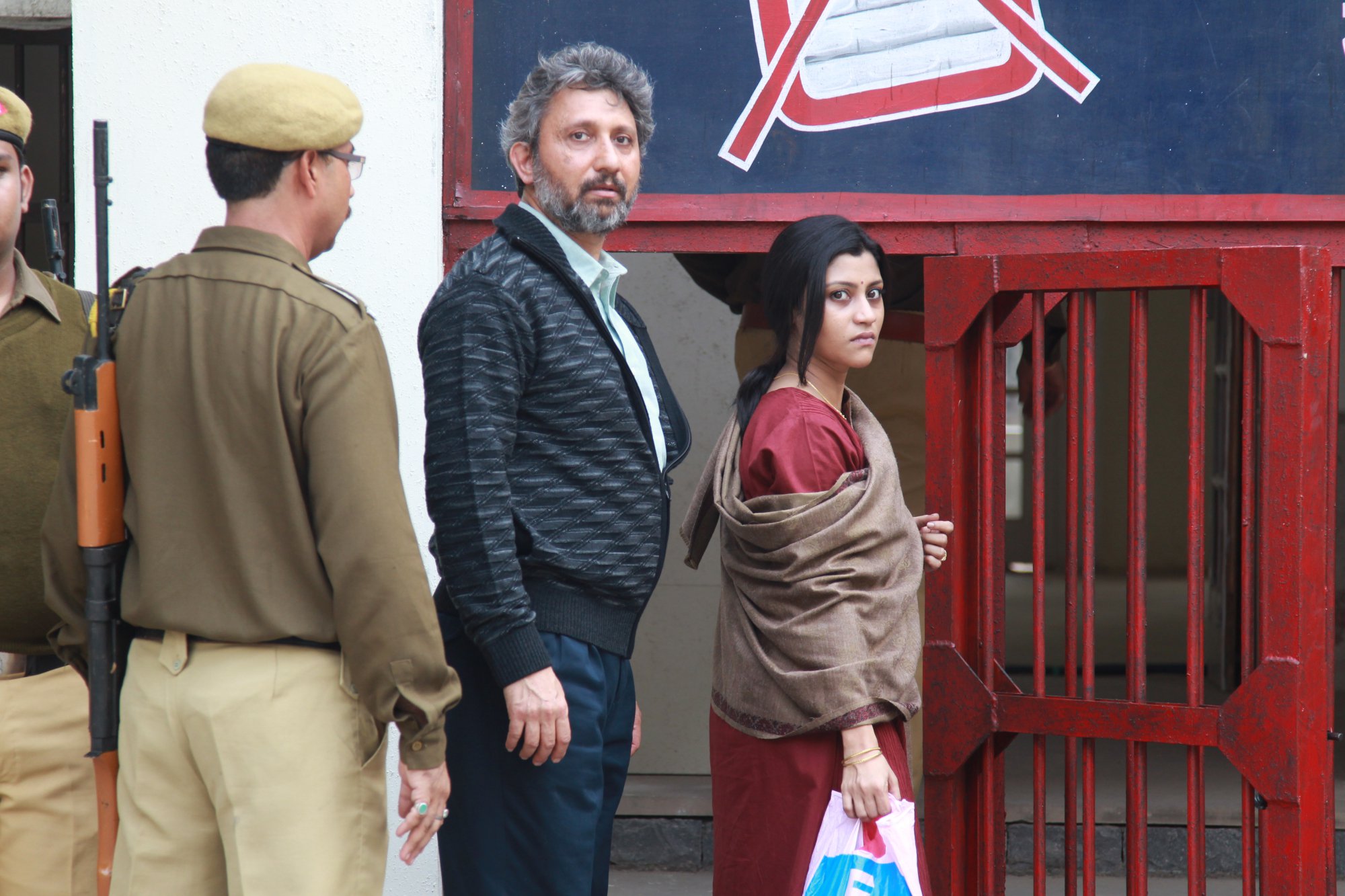
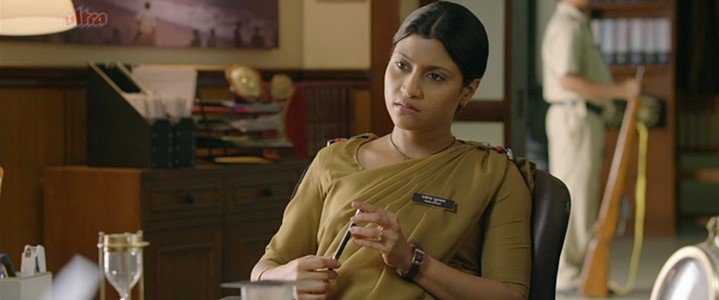
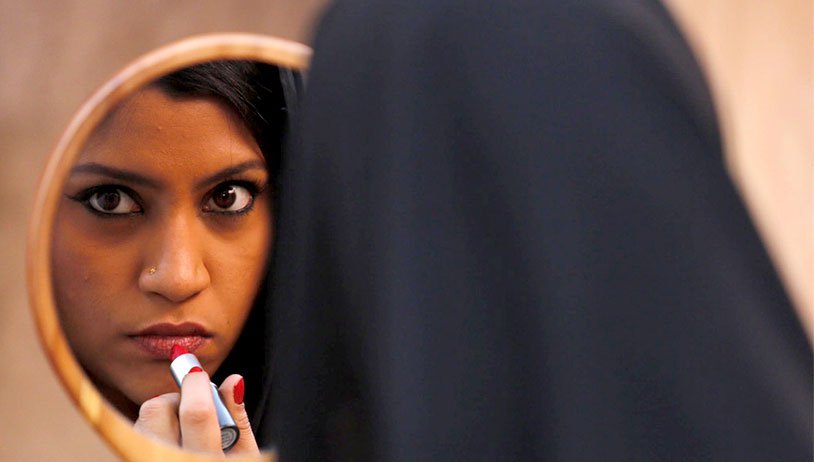
But it was the short film, Nayantara’s Necklace, that she did in between all of them, that turned me into an even bigger fan. Because few actors have the ability to convincingly showcase a gamut of emotions in a matter of seconds.
In recent years, Sharma, apart from making one of the finest directorial debuts with A Death in the Gunj, has explored the world of web series with shows like Side Hero and Mumbai Diaries 26/11.
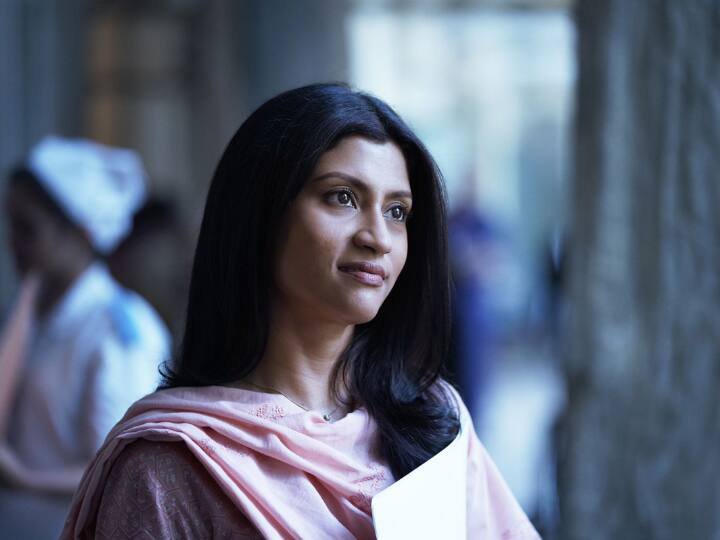
However, her last two films, Dolly Kitty Aur Woh Chamakte Sitare and Ajeeb Daastaans, have once again proven (not like anyone ever doubted), how Konkona is one of the finest actors we have.
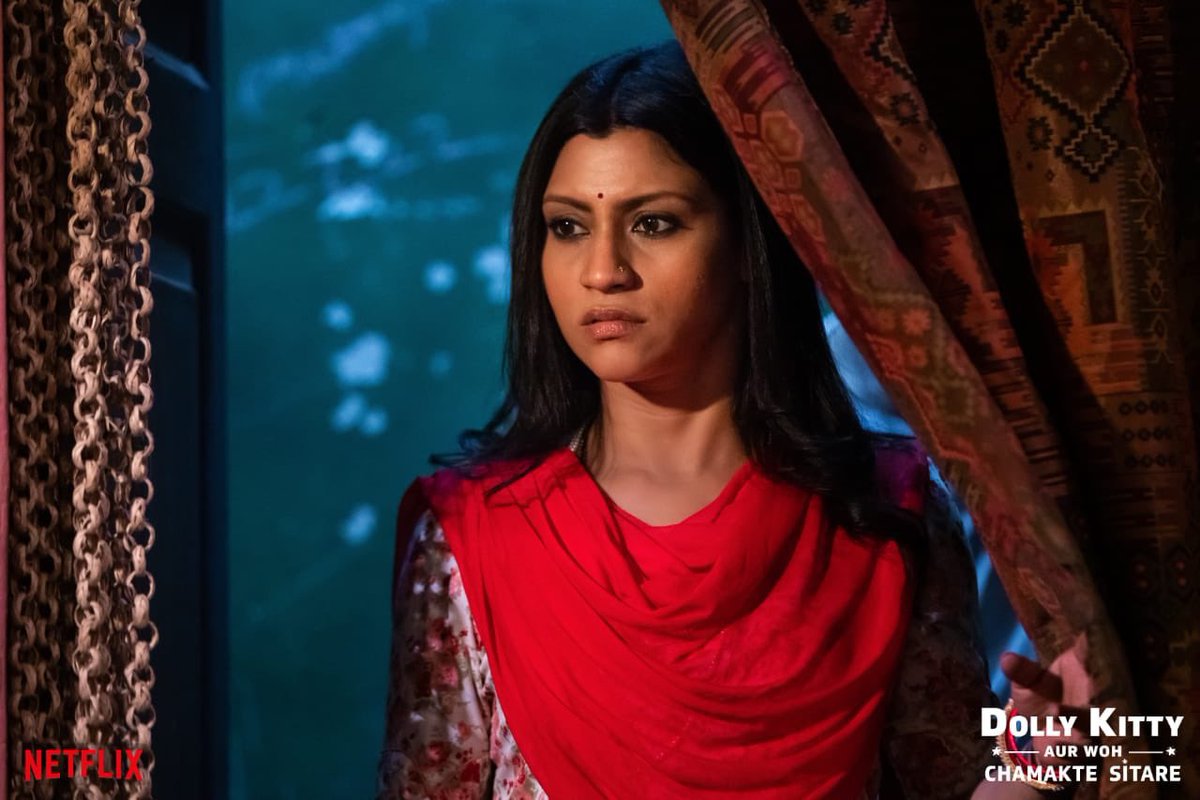
In Dolly Kitty, she slipped into the skin of a conflicted housewife struggling to break free from the monotony of her life but using ‘immoral’ means of escape. The ‘flawed woman’ has become a popular character in recent times, but Konkona’s take on it appeared to be refreshingly honest.
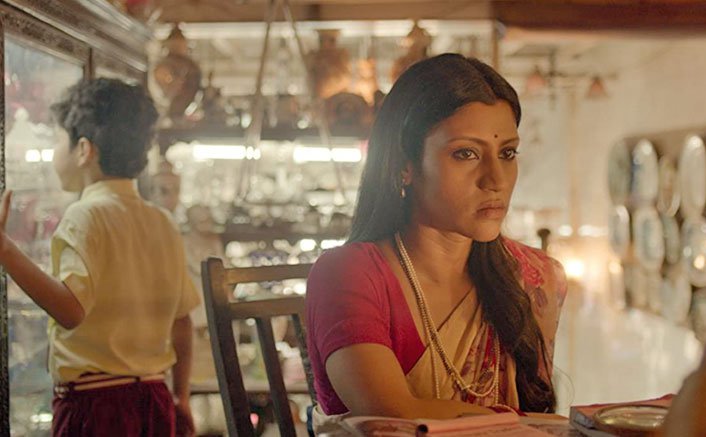
And in Ajeeb Daastaans, Konkona pushed the envelope completely, creating a character that displayed a riot of emotions and actions that force you to shed the idea of right and wrong and simple experience life from her point of view.
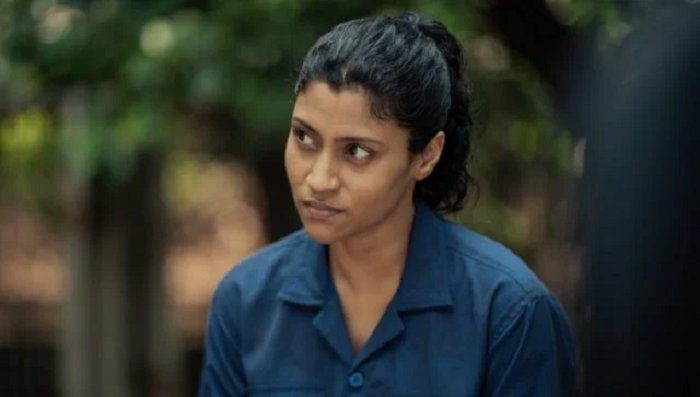
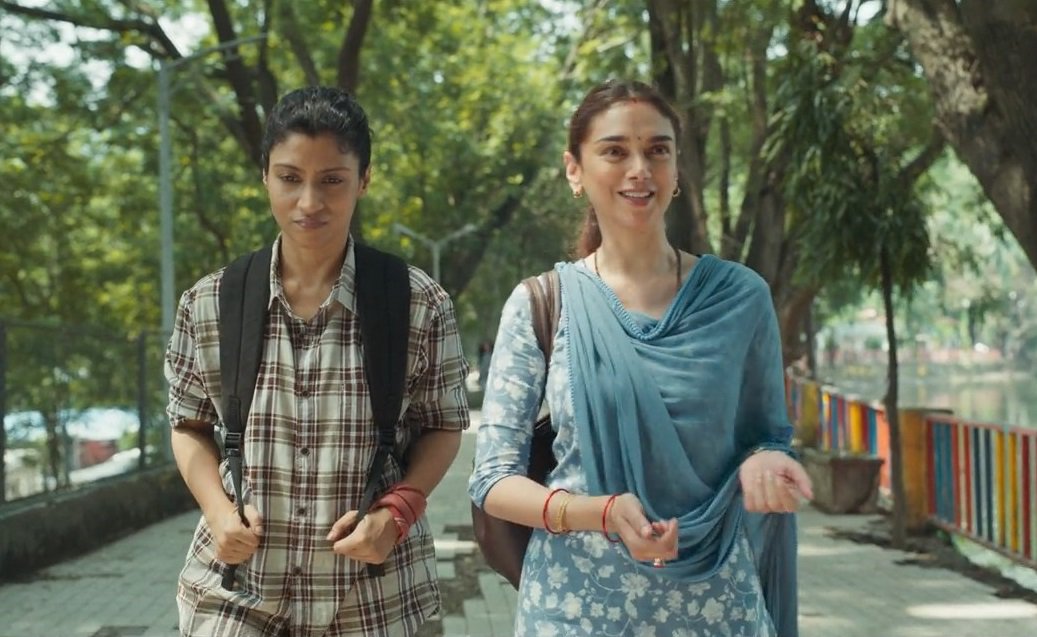
Ultimately though, Ajeeb Daastaans was just the latest in a filmography that is brimming with diverse roles, each more memorable than the last.
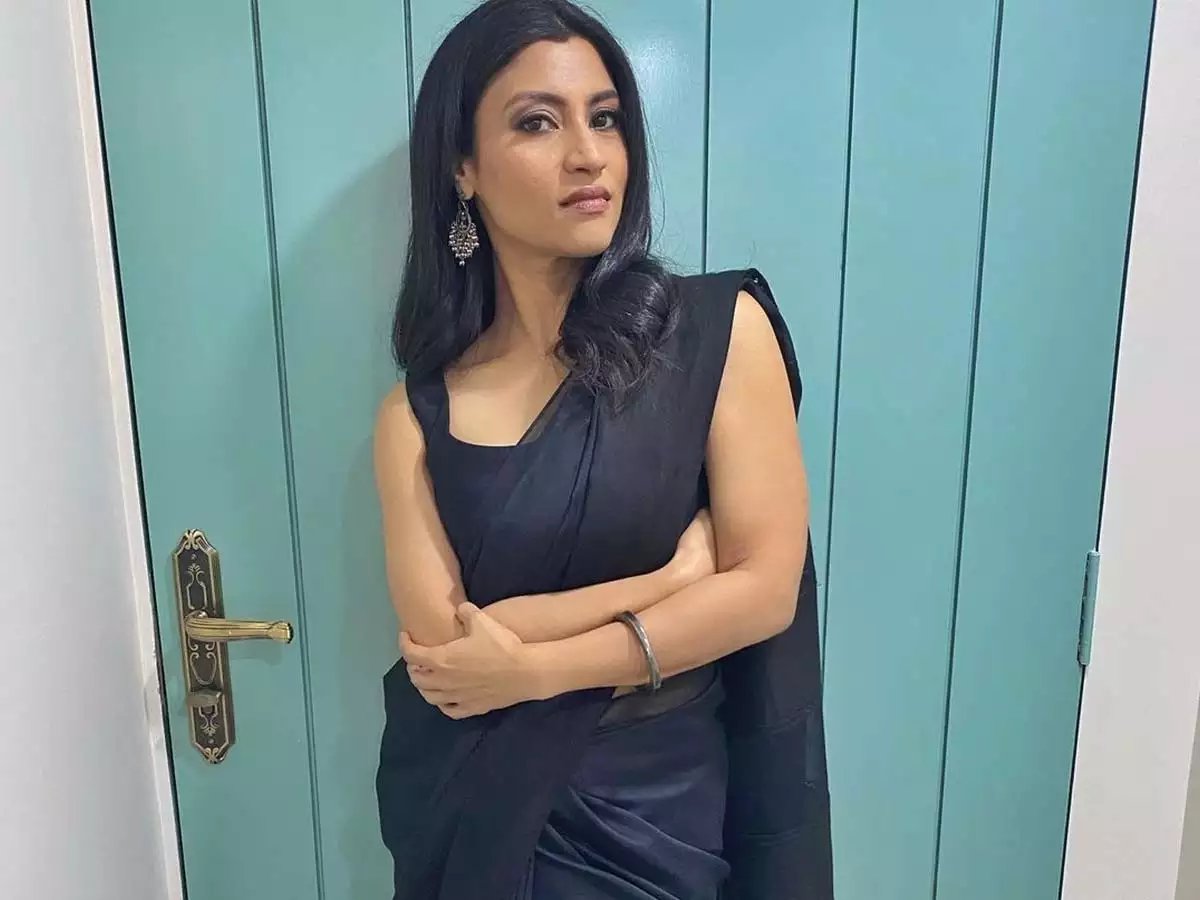
Even after 20 years of being in the industry, Konkona’s ability to still surprise her audience is nothing short of magical, and we’re lucky to experience it time after time.




